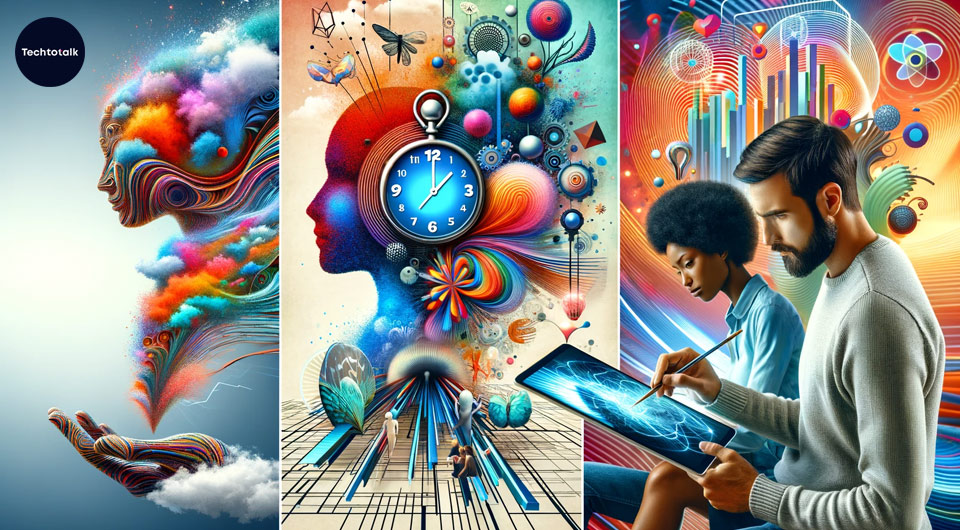Table of Contents
- What is Generative AI?
- How Does Generative AI Work?
- What Can Generative AI Do?
- Limitations of Current Generative AI
- Exciting Future Possibilities
- Risks That Need to Be Managed
- The Future is Here
What is Generative AI?
Generative AI is a new type of artificial intelligence that can create brand-new content like text, images, audio, and video. The AI makes this content from scratch rather than just analyzing existing information.
This is a big shift from previous AI systems. Generative AI models can produce remarkably human-like creations with little human input needed. Companies like OpenAI, Google, Meta, and Anthropic have built generative AI models that are gaining popularity.
How Does Generative AI Work?
Most generative AI models use neural networks to be able to generate content. Neural networks are algorithms that work similarly to the human brain. They have artificial neurons arranged in layers.
The neurons pass outputs from one layer to the next. By stacking many layers, very complex functions can be modeled.
A type of neural network called transformers is the key innovation behind generative AI. Transformers have billions of parameters and can model relationships across large amounts of data. Generative models are trained on massive datasets like images, text, and audio.
They learn the patterns in the data to build an understanding of the link between inputs and outputs. This allows them to generate new artifacts that match the training data.
What Can Generative AI Do?
Here are some of the cool things current generative AI can do:
- Generate text that reads very naturally, on any topic, in different styles
- Create photorealistic images and art from text descriptions
- Produce music in any genre that sounds quite natural
- Mimic voices and generate speech in different voices
- Make short videos by predicting sequences of frames
The results are often remarkably human-like and creative.
Limitations of Current Generative AI
But there are still some important limitations:
- The AI has no real understanding of the world or the content it generates. It cannot reason about facts.
- Outputs can perpetuate societal biases and stereotypes from the training data.
- The AI sometimes hallucinates fake details that seem plausible but are false.
- Large models require huge computing resources to train. Only big tech companies can build them currently.
- Customizing the AI for narrow domains is still difficult.
More research is needed to address these challenges around bias, truthfulness and transparency.
Exciting Future Possibilities
If the current issues can be tackled, generative AI could be very beneficial for:
- Personalized education and training tailored to people's needs
- Allowing anyone to easily create media like images, videos, music
- Natural conversation with AI assistants on any topic
- Automating repetitive workflows in business like report generation
- Accelerating research through computational data modeling
- Automating backend and UI code generation to make app/web development faster
The possibilities span across many industries and applications!
Risks That Need to Be Managed
Like any powerful technology, generative AI also carries some risks:
- The models could spread misinformation if deployed without enough human supervision.
- Biased or problematic outputs need to be controlled through better training data and techniques.
- There are risks around data privacy and copyright infringement through AI generation.
- Rapid disruption of industries like graphic design, music etc needs to be managed sensitively.
Being responsible in how these models are built and deployed will be crucial.
The Future is Here
The rapid progress in generative AI signals a major shift for artificial intelligence. Models like DALL-E and GPT-3 demonstrate the vast creative potential of AI. But we are still in the early stages of this technology.
With more research, generative models could become capable of highly complex specialized tasks with minimal human input. Soon, they may be integrated into many aspects of our daily lives.
However, possible risks need to be addressed responsibly as the technology advances. Overall, generative AI represents an incredibly exciting frontier, providing glimpses of how AI could positively transform our future!





